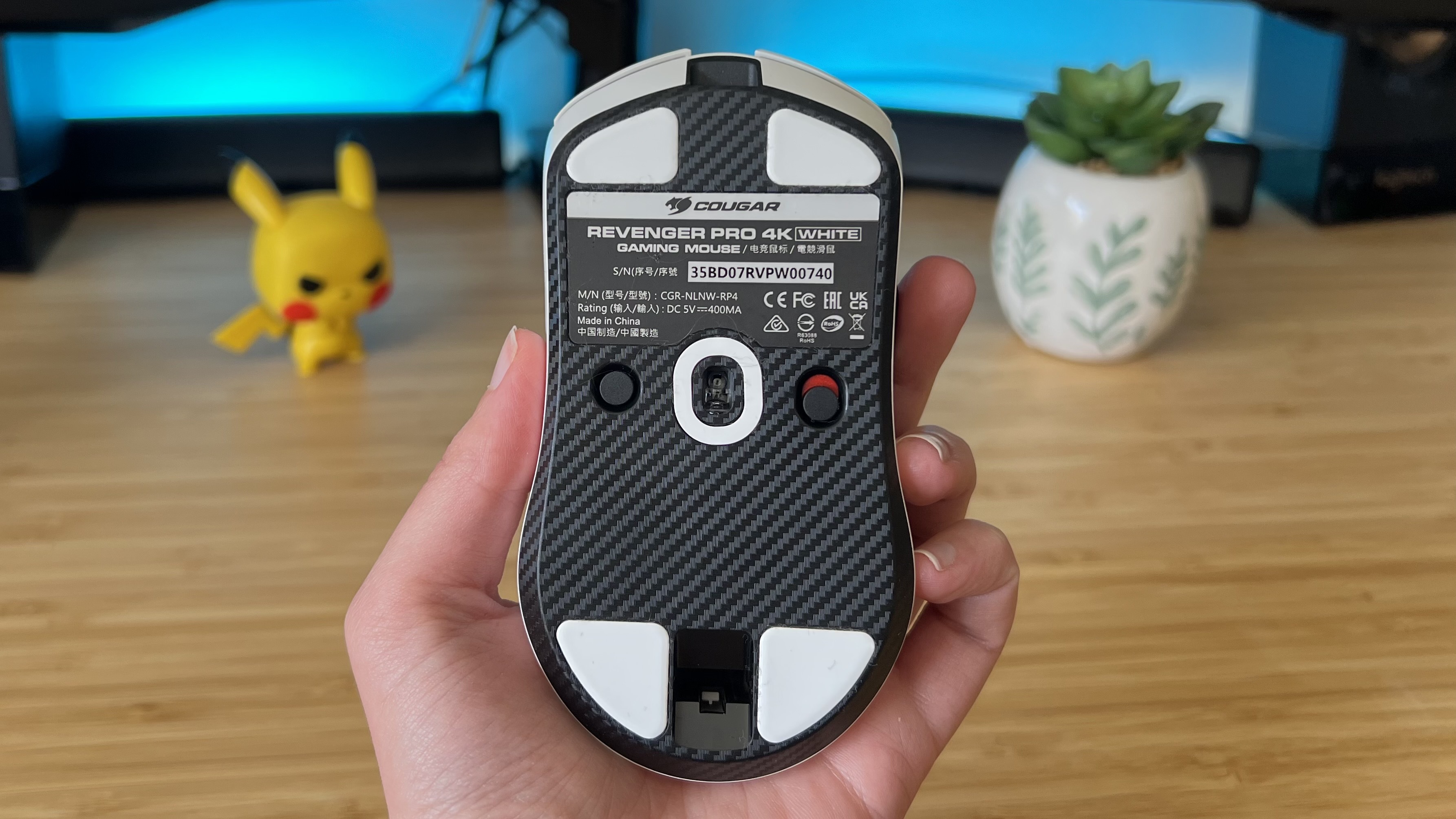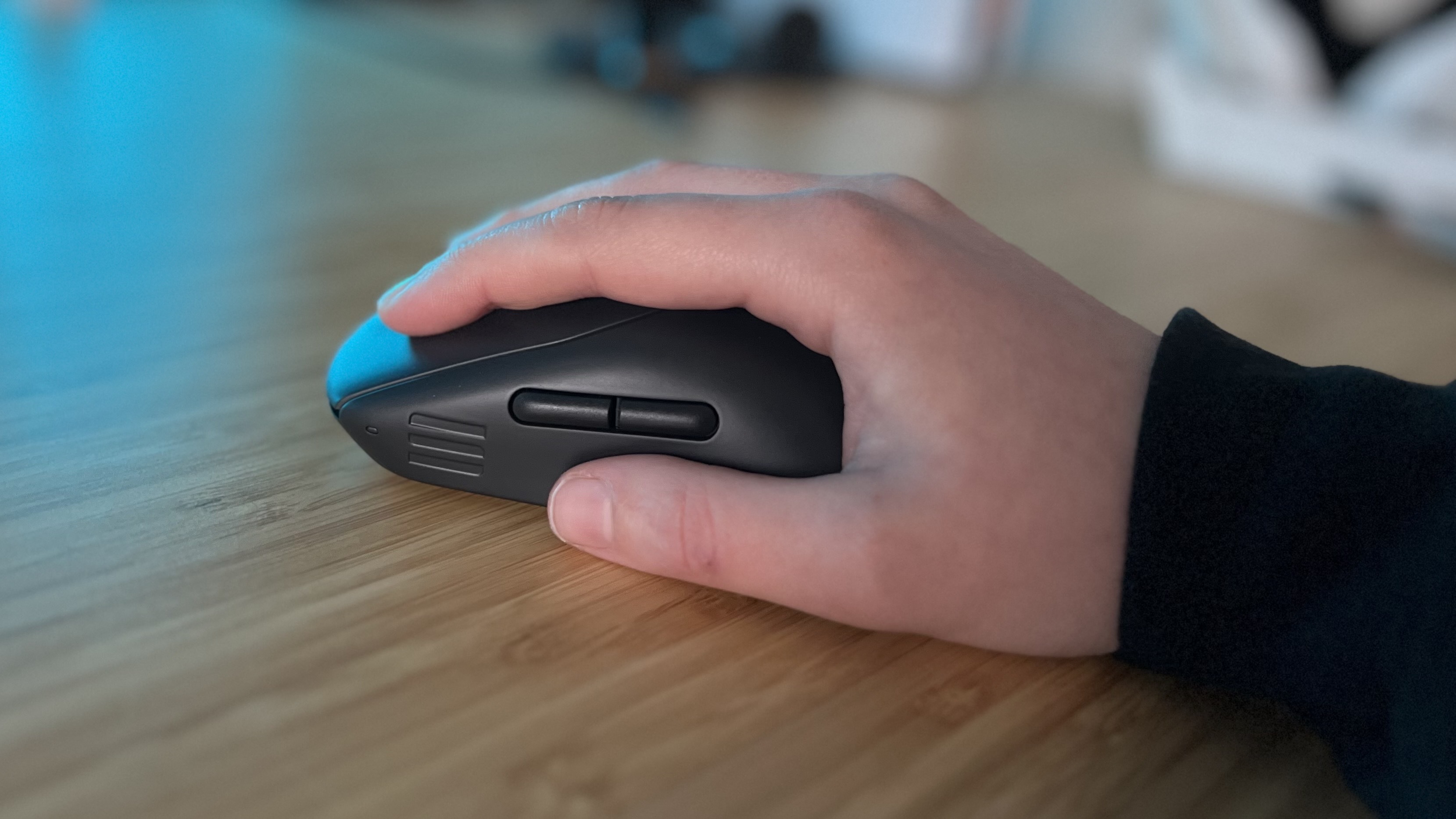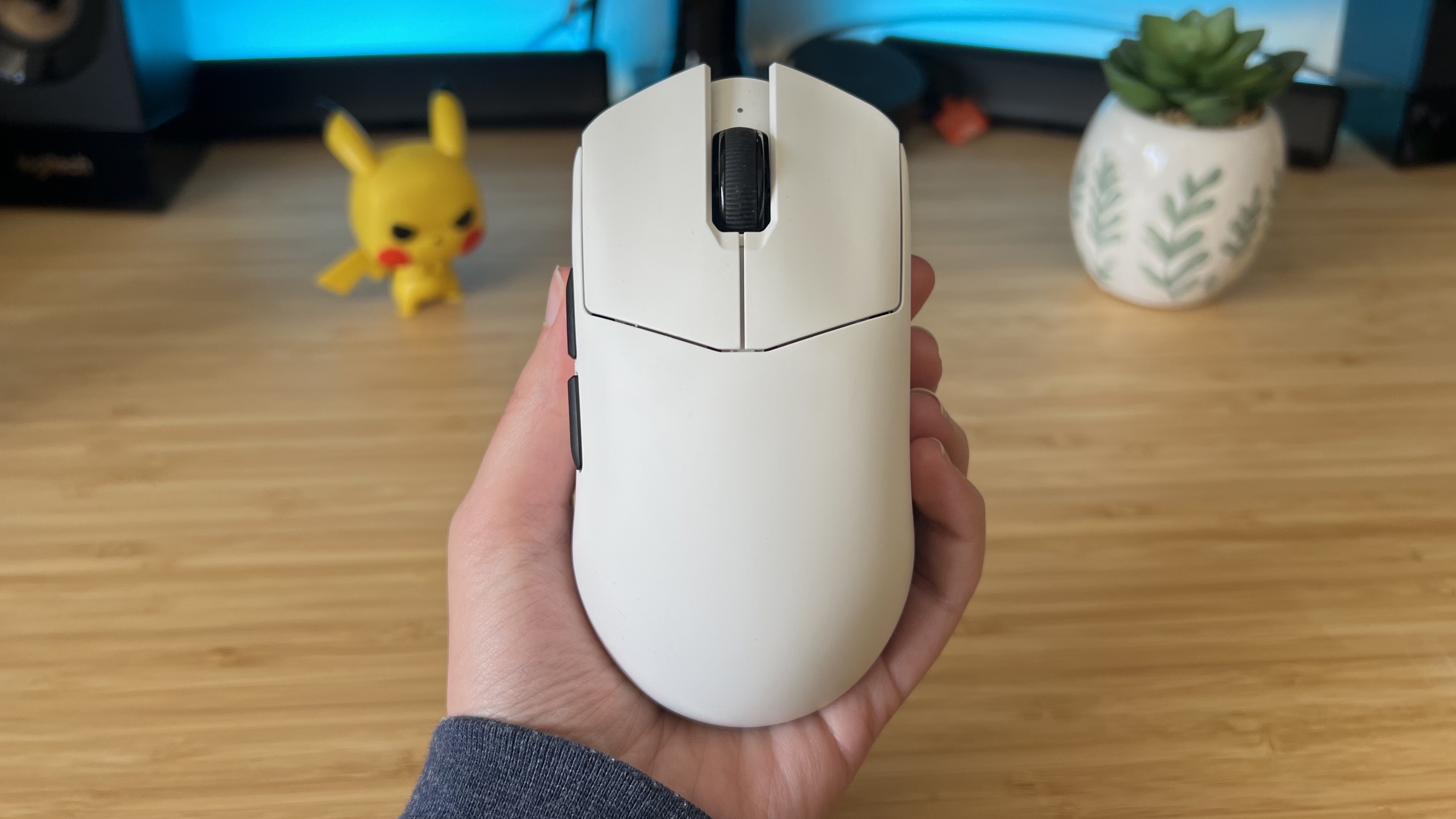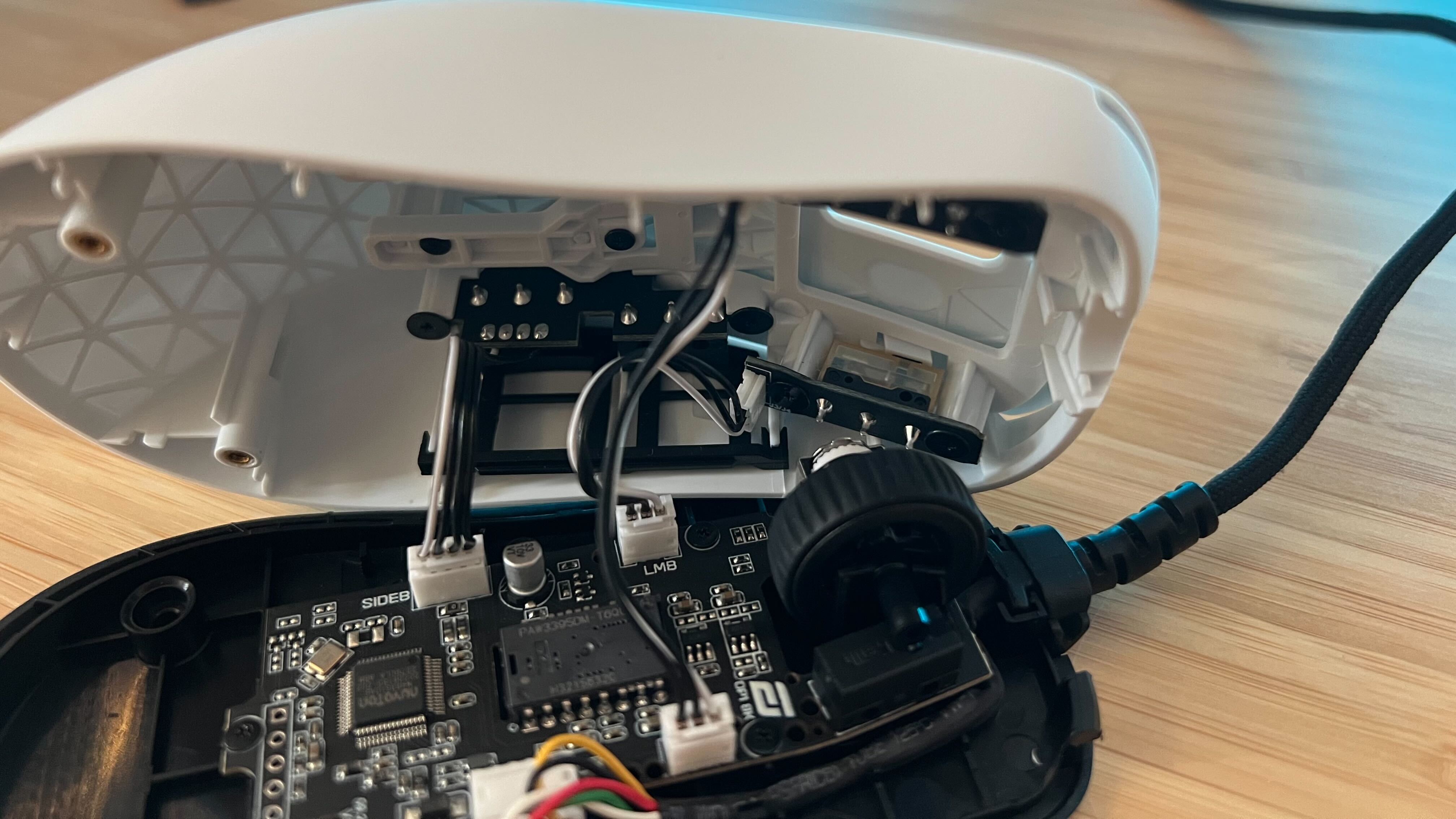Pixart PAW 3395 vs PAW 3950 - which gaming mouse sensor is better (and does it even make a difference)
Two sensors powering many of the biggest mice on the market, but which one's better

There are two Pixart sensors dominating the custom and high-speed gaming mouse market right now, the PAW 3395 and the 3950. While most of the best gaming mouse brands will use their own spin on this tech, or modify existing Pixart models for their own exclusive use, smaller manufacturers like BenQ, Pulsar, Vaxee and Lamzu rely on these eyes for most of their current rosters. What's the difference?
Not much. In fact, I'll say right now - if you're buying a new gaming mouse there are far bigger factors to consider over the sensor; shape, weight, switches, and controls.
Still, if you're torn between two identical rodents there could be some differences in their behavior based on the sensor inside.
The Pixart PAW 3950 is newer, releasing just last year, while the 3395 has been around much longer, driving a steady flow of mid-range and budget-minded gaming mice. Both sensors offer high-speed tracking, plenty of DPI headroom, and keen responses across a variety of surfaces, but there are a few differences that more discerning players will want to note.
Specs | PAW 3395 | PAW 3950 |
|---|---|---|
DPI | 26,000 | 30,000 |
IPS | 650 | 750 |
Acceleration | 50G | 70G |
Lift-off distance | 1mm, 2mm | 0.7mm, 1mm, 2mm |
Yes, the PAW 3950 can run at a higher 30,000 DPI compared to the 3395's 26,000, and that IPS tracking speed has been increased to 750 vs 650 on the older model. But very few players are going to notice those improvements. More competitive players may feel the additional speed during faster mouse movements, but very few are actually playing at the top of a gaming mouse's DPI range.
Instead, the Pixart PAW 3950's main benefits are its decreased lift-off distance and extra battery life.
We have lift off

The Pixart PAW 3395 allows users to choose between 1mm or 2mm lift-off distances (how high you have to lift the mouse before it stops tracking). The lower your lift-off distance, the more accurate your tracking is - as your mouse isn't continuing to move your cursor in between wider strokes.
Weekly digests, tales from the communities you love, and more
The Pixart PAW 3950 improves on this customization by adding the option to drop as low as 0.7mm for a much faster stop to your tracking. You don't need to lift your mouse as high to reset your swing without interference, which means faster movements overall. More mainstream Razer gaming mice and Logitech gaming mouse models are still stuck at 1mm or even sometimes 1.2mm (like the Razer Viper V3 Pro and Logitech G Pro X Superlight 2 DEX).
I say it all the time, but only particularly competitive players are going to notice this benefit. If you're climbing ranks fast, it's worth considering, but casual users aren't going to move fast enough to spot the benefits of a lower lift-off distance past 1mm.
8% battery is 8% battery

The second noticeable benefit of the Pixart PAW 3950 compared to the PAW 3395 is its improved efficiency. This comes into play a little more when using higher polling rates (though, again, most players will only notice small benefits moving up to 4,000Hz and the majority won't even notice a shift up to 8,000Hz), but is still noticeable at 1,000Hz.
In short, the PAW 3950 handles its power better when sat inside one of the best wireless gaming mice. I've noticed a slight increase in runtime that tends to average out at an 8% improvement in battery life. Below, I've compared some of the most popular brands that use Pixart's sensors, taking average 1,000Hz battery lives from similar models released by those manufacturers using both PAW 3395 and PAW 3950 sensors.
Granted, there are a number of different factors that go into a gaming mouse's battery life. The numbers above are in no way indicative of the work that the Pixart 3950 sensor is doing overall to increase that juice. You've also got to consider the size of the actual battery running the rodent, how efficient that battery is, any additional LEDs on board, and the presence of extra power saving features. Just look at the Cougar Revenger Pro 4K topping the list with its PAW 3395 eye, for example.
Still, I've stuck to different generations of similar models from the same brands in this data to try and keep that deviation to a minimum. The Keychron M7 and the Keychron M7 8K is a great example - this is a very similar mouse between generations, with one running the PAW 3395 and the other upgraded to a PAW 3950. On average, gaming mice with a Pixart PAW 3950 sensor under the hood generally run for slightly longer between charges.
The Pixart 3950 is better, but that's far from the full story

The Pixart PAW 3950 beats the older PAW 3395 both on paper and in the smaller areas you might notice it working away. However, I'd recommend against buying a gaming mouse purely for its sensor alone. We're talking about minor improvements that some players might notice here, rather than game-changing features and performance enhancements.
What's really going to make a difference is the way your gaming mouse feels under the hand. Weight, shape, size, and layout all have a far greater bearing on whether a gaming mouse is right for you than its specs under the hood. A much bigger question would be whether a wired vs wireless gaming mouse would be better for your setup. I base my recommendations on how to choose a gaming mouse on what you play and how you play it - paper specs are rarely the only thing you should be considering.
I'm also hunting down all the best left-handed gaming mouse models on the market, as well as the best mouse pads for gaming to get that glide just right. Or, if you're kitting out your whole setup, check out the best gaming keyboards available.

Managing Editor of Hardware at GamesRadar+, I originally landed in hardware at our sister site TechRadar before moving over to GamesRadar. In between, I've written for Tom’s Guide, Wireframe, The Indie Game Website and That Video Game Blog, covering everything from the PS5 launch to the Apple Pencil. Now, i'm focused on Nintendo Switch, gaming laptops (and the keyboards, headsets and mice that come with them), PS5, and trying to find the perfect projector.
You must confirm your public display name before commenting
Please logout and then login again, you will then be prompted to enter your display name.


